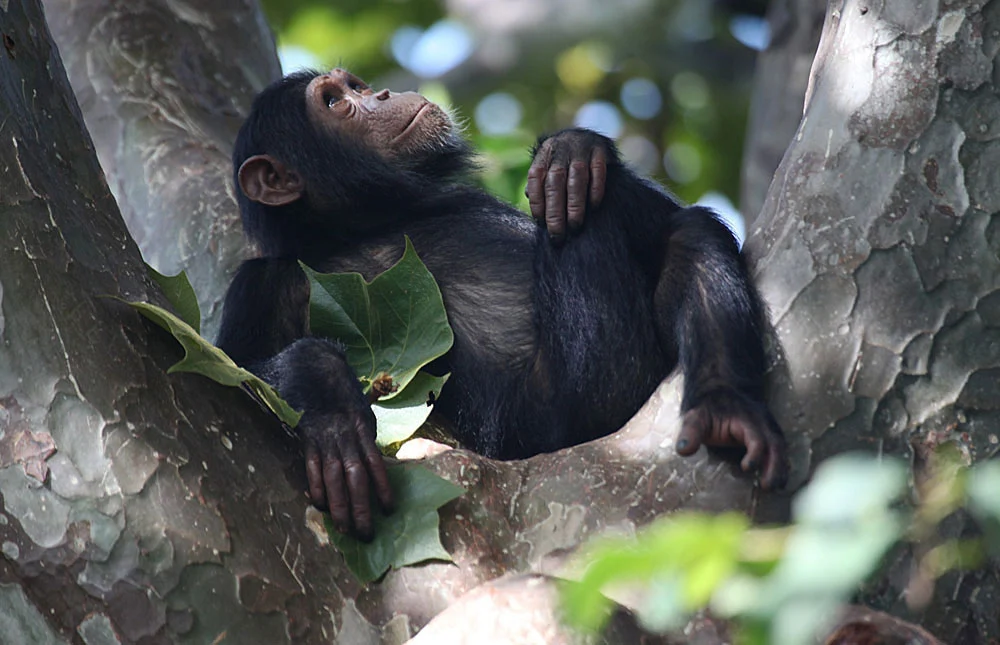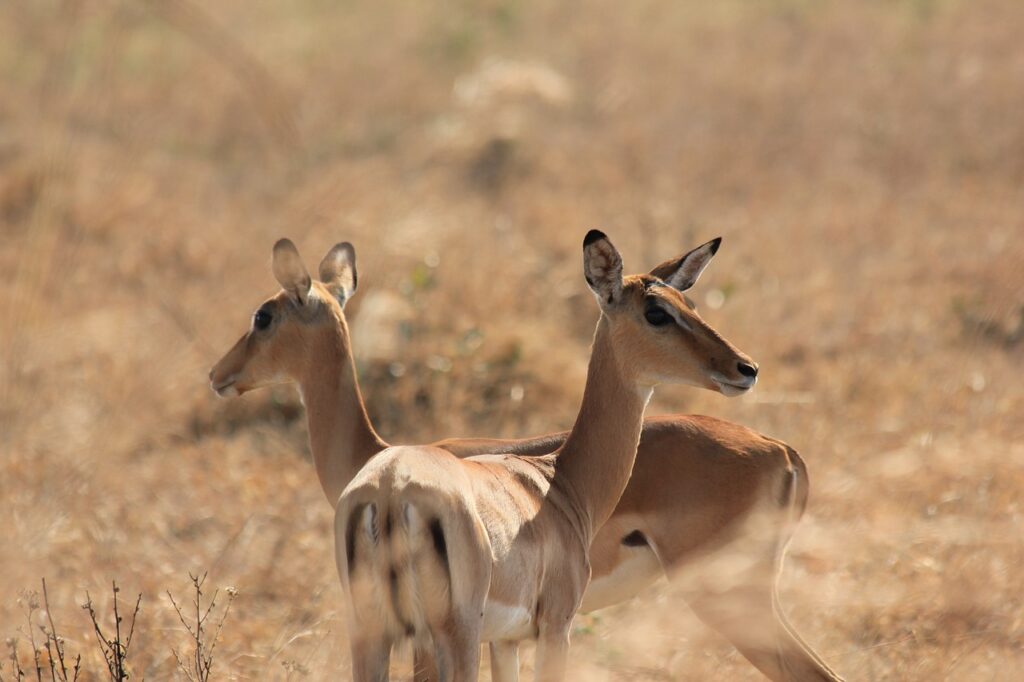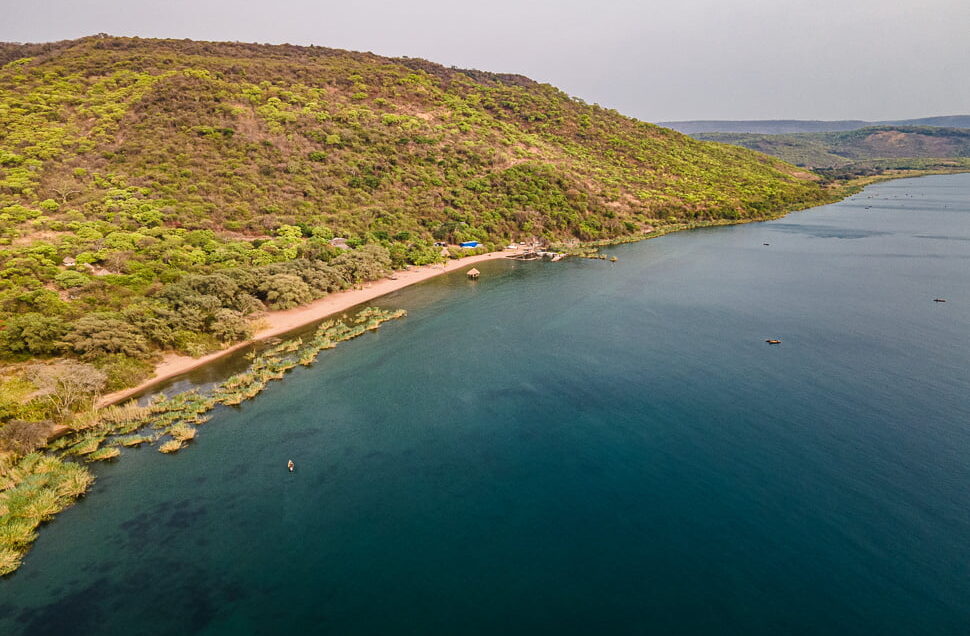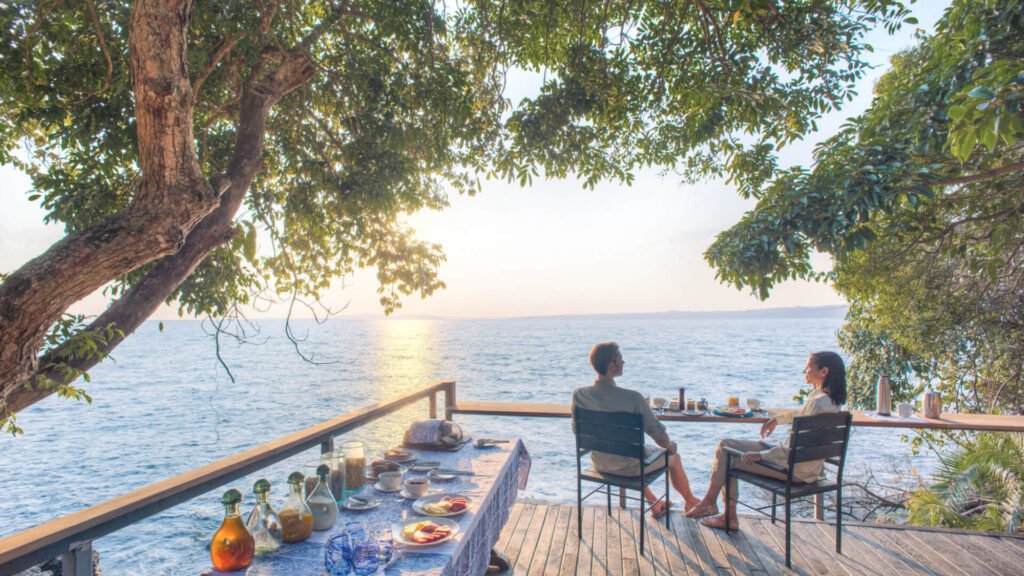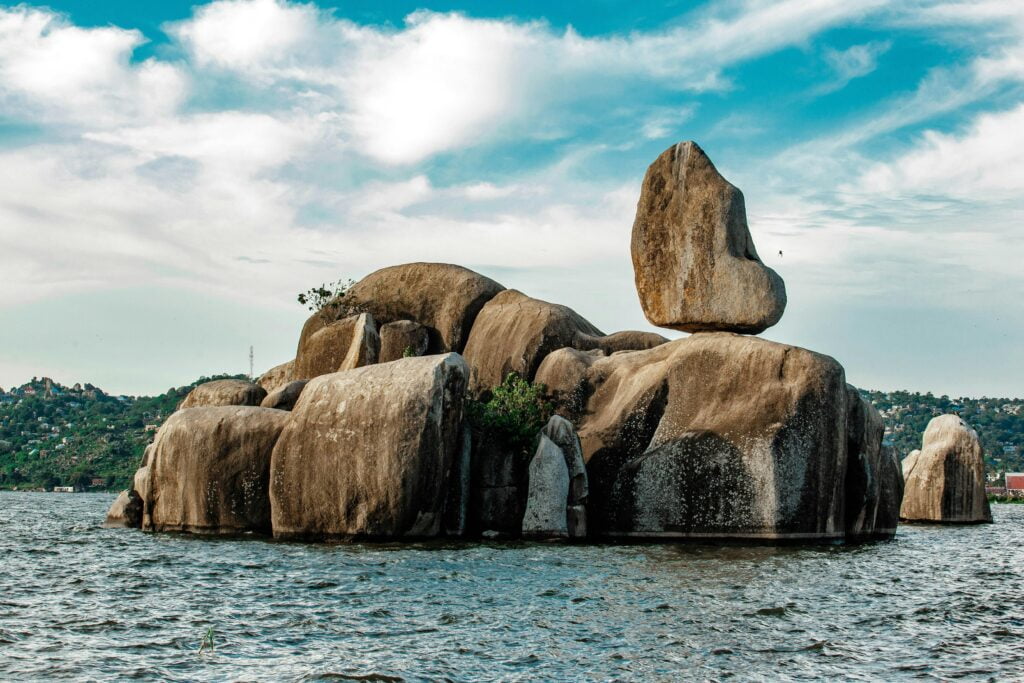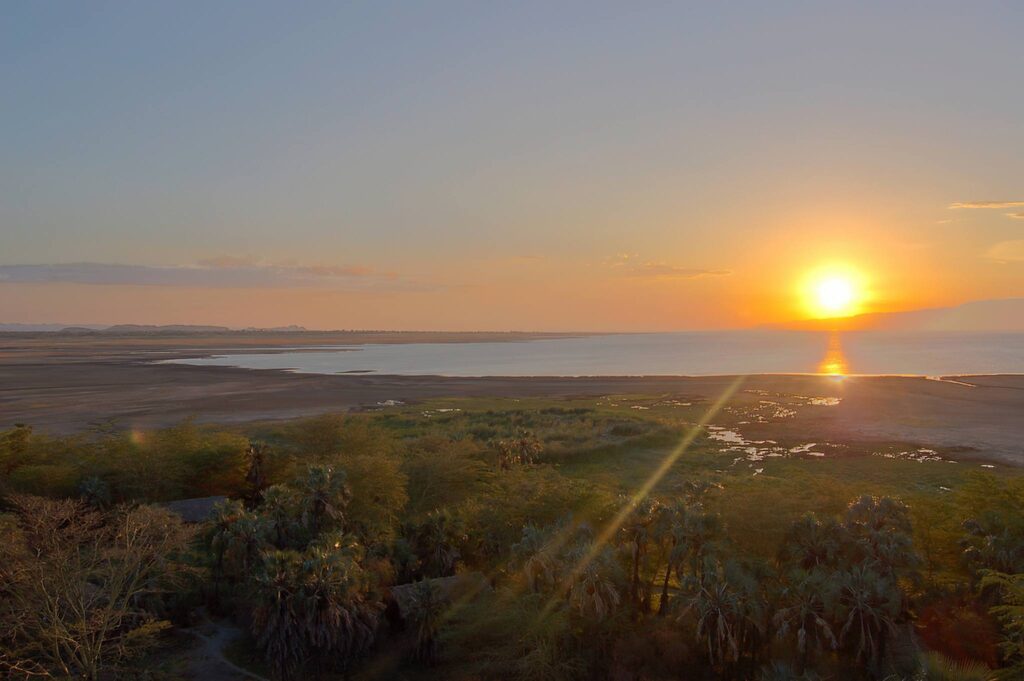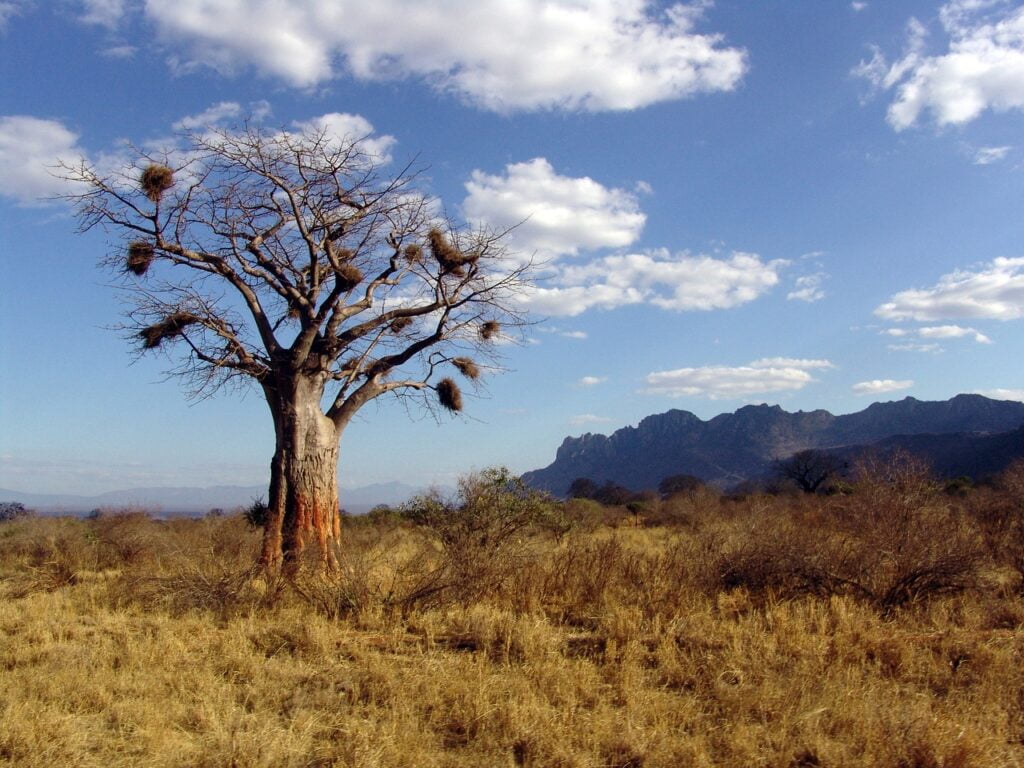Explore Gombe Stream National Park: Home of the Chimpanzees
Nestled along the eastern shore of Lake Tanganyika in northwestern Tanzania, Gombe Stream National Park is a pristine sanctuary renowned for its extraordinary chimpanzee population and groundbreaking primate research. As one of Africa’s most iconic wildlife destinations, Gombe Stream offers a unique blend of lush forests, vibrant wildlife, and rich cultural heritage. Join Future African Safari as we delve into the wonders of Gombe Stream National Park and discover why it’s a must-visit destination for your next Tanzanian adventure. A Sanctuary for Chimpanzees Gombe Stream National Park is world-famous for its chimpanzee populations, made legendary by Dr. Jane Goodall’s pioneering research. The park provides an unparalleled opportunity to observe these intelligent primates in their natural habitat. Visitors can witness chimpanzees engaging in complex social behaviors, using tools, and forming intricate family bonds. Guided treks led by experienced rangers offer intimate encounters, allowing you to gain deeper insights into the lives of these fascinating creatures. Rich Biodiversity and Wildlife Beyond its chimpanzees, Gombe Stream boasts a diverse array of wildlife that thrives within its dense forests and along the shores of Lake Tanganyika: Primates: In addition to chimpanzees, the park is home to other primate species, including red colobus monkeys and vervet monkeys, each contributing to the park’s vibrant ecosystem. Birdlife: With over 300 bird species recorded, Gombe is a paradise for birdwatchers. From the striking African fish eagle to the colorful sunbirds, the park’s avian diversity adds to its natural allure. Other Mammals: The park also shelters elephants, bushbucks, leopards, and a variety of antelope species, ensuring exciting wildlife sightings during your visit. Stunning Landscapes Gombe Stream National Park is characterized by its lush, evergreen forests, rolling hills, and the serene waters of Lake Tanganyika. The park’s varied terrain offers picturesque landscapes that provide a perfect backdrop for your safari adventures: Forest Trails: Wander through dense woodlands teeming with vibrant plant life and hidden wildlife, perfect for nature enthusiasts and photography lovers. Lake Views: Enjoy stunning vistas of Lake Tanganyika, where the tranquil waters meet the horizon, creating breathtaking scenes at sunrise and sunset. Scenic Walks: Explore the park’s scenic trails on foot, allowing you to immerse yourself fully in the natural beauty and hear the sounds of the wilderness. Adventure Activities Gombe Stream National Park offers a range of activities designed to cater to different interests and adventure levels: Chimpanzee Tracking: The highlight of any visit to Gombe, chimpanzee tracking provides an intimate and unforgettable experience as you observe these remarkable primates up close. Guided Game Drives: Explore the park’s diverse habitats on guided game drives, where experienced rangers help you spot and identify a variety of wildlife. Bird Watching: Join specialized birdwatching tours to discover the park’s impressive avian diversity, perfect for both novice and seasoned birders. Nature Walks: Engage in leisurely nature walks to appreciate the smaller details of the ecosystem, from unique plant species to fascinating insect life. Best Time to Visit Gombe Stream National Park is a year-round destination, but certain seasons offer unique experiences: Dry Season (June to October): Ideal for chimpanzee tracking and wildlife viewing, as animals congregate around water sources and the weather is pleasant. Wet Season (November to May): The park becomes lush and green, enhancing its natural beauty. While some trails may be more challenging, the wet season offers vibrant birdlife and a tranquil atmosphere for those seeking solitude. Accommodation: Comfort Amidst Nature Gombe Stream National Park offers a variety of accommodation options to suit different preferences and budgets: Eco-Lodges: Stay in eco-friendly lodges that blend comfort with sustainability, providing stunning views, gourmet dining, and exclusive safari experiences. Tented Camps: Experience the authentic safari lifestyle with tented camps that combine rustic charm with modern amenities, allowing you to sleep under the stars surrounded by nature. Budget-Friendly Options: Affordable campsites and basic lodges ensure that all travelers can enjoy the wonders of Gombe without compromising on comfort. Conservation and Sustainability Gombe Stream National Park is dedicated to preserving its unique ecosystems and wildlife through sustainable tourism and conservation initiatives. By choosing to visit Gombe with Future African Safari, you support efforts to protect endangered species, maintain natural habitats, and empower local communities to engage in conservation practices. Wildlife Protection: Collaborative efforts with local authorities and conservation organizations ensure the protection of Gombe’s rich biodiversity and the prevention of poaching. Community Engagement: Supporting local communities through tourism helps sustain their livelihoods and fosters a sense of responsibility towards conservation. Eco-Friendly Practices: Implementing sustainable tourism practices minimizes environmental impact and promotes the preservation of Gombe’s natural landscapes for future generations. Plan Your Gombe Stream Adventure Gombe Stream National Park offers an unparalleled safari experience, combining extraordinary wildlife encounters, stunning landscapes, and the opportunity to engage with groundbreaking primate research. Whether you’re eager to track chimpanzees, explore lush forests, or immerse yourself in the natural beauty of Lake Tanganyika, Gombe promises an unforgettable journey into Tanzania’s wild heart. Ready to explore Gombe Stream National Park? Contact Future African Safari today to customize your Tanzanian safari and embark on a journey that celebrates the remarkable beauty and ecological significance of Gombe Stream. Explore more about our safari packages and discover the best of Tanzania with Future African Safari. Your unforgettable African adventure starts here! Book With Us Kilimanjaro 3 tours Safari 9 tours Zanzibar 3 tours
Explore Gombe Stream National Park: Home of the Chimpanzees Read More »

